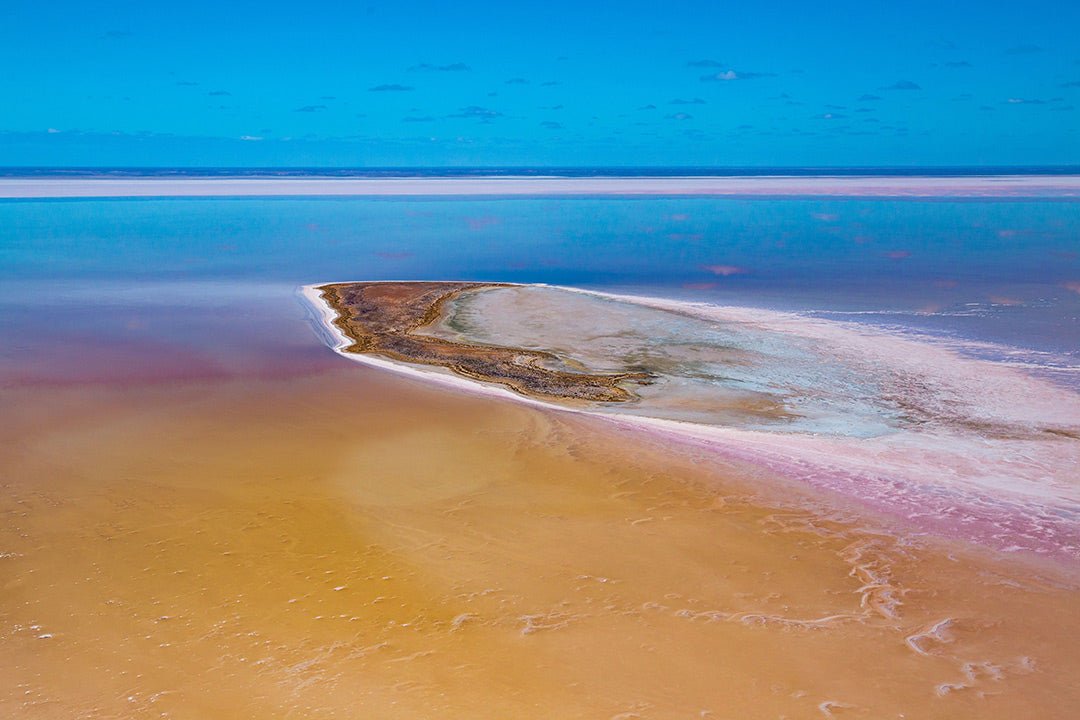

Kati Thanda–Lake Eyre in South Australia is undergoing an extraordinary transformation as floodwaters from recent heavy rains in Queensland’s Channel Country fill the normally dry salt flats.
This once-in-a-generation event is drawing significant attention from birdwatchers, photographers and outback travellers eager to witness one of Australia’s most unique ecological phenomena.
Kati Thanda-Lake Eyre transformation
This is only the fourth time in more than 160 years that the lake has experienced such extensive flooding. The incoming water revitalises the salt crust and surrounding environment, triggering an explosion of life. Tiny brine shrimp hatch from eggs laid in the parched lakebed, attracting fish that spawn and feed on them, while vast numbers of birds — pelicans, banded stilts and gulls among them — have arrived in large groups to breed. Some bird species make incredible migratory journeys from as far afield as China and Japan to participate in this event. Meanwhile, desert wildflowers bloom, adding bursts of colour to the landscape.
The lake spans approximately 9500 square kilometres when filled and lies at Australia’s lowest point, about 15m below sea level. Management of the park is shared with the Arabana people, the Traditional Owners of the Lake Eyre region (Kati Thanda). Access points for visitors typically include the small outback towns of Marree and William Creek. Those wishing to see the spectacle often opt for scenic flights or visit viewing platforms such as Halligan Bay Point.
 Scenic flights are one of the best ways to see Kati Thanda-Lake Eyre in flood
Scenic flights are one of the best ways to see Kati Thanda-Lake Eyre in flood
Travis Gotch, National Parks and Wildlife Service district ranger, emphasises the need for careful planning.
“Know where you’re staying, drive to the conditions and make sure that you have enough food, water and resources to fully enjoy a once-in-a-lifetime trip,” Gotch said.
“Kati Thanda–Lake Eyre is a special place. It deserves to be seen but also to be preserved. Visitors can help by staying on marked tracks, taking all litter home and respecting the cultural significance of the lake and surrounds.
“Water will start to find its way into the north lake in early May and there will be varying water levels for up to six months. The best times to visit would be between May and October.”
 Floodwaters from Queensland’s Channel Country reach Kati Thanda-Lake Eyre
Floodwaters from Queensland’s Channel Country reach Kati Thanda-Lake Eyre Floodwater transforming the normally dry salt flats of Kati Thanda-Lake Eyre
Floodwater transforming the normally dry salt flats of Kati Thanda-Lake Eyre
Camping options for visitors include the Halligan Bay Point Campground (4WD and tent-based camping only), which is relatively basic with limited facilities like toilets and picnic shelters.
For a caravan-friendly option, there’s a privately owned campground at Muloorina Station, north of Marree. Visitors are strongly advised to travel with a well-equipped 4WD vehicle, sufficient food and water supply and to consult the Desert Parks Bulletin for the latest conditions.
It is important to note that recreational activities such as swimming, boating, off-track driving and aircraft landings are prohibited under the National Parks and Wildlife Act 1972 to protect the delicate environment and cultural heritage.
For further information about Kati Thanda–Lake Eyre National Park, including camping details and access updates, click here.
THE NEXT STEP
If you want to learn the latest caravan news, find the most innovative new caravans, tow vehicles and camping gear or get inspired to plan your next adventure to some of Australia's best getaway destinations, subscribe to our weekly newsletter. We promise to send you only the best content.
Related articles:
New beach camping restrictions on Yorke Peninsula, SA
New beach camping restrictions on Yorke Peninsula, SA







